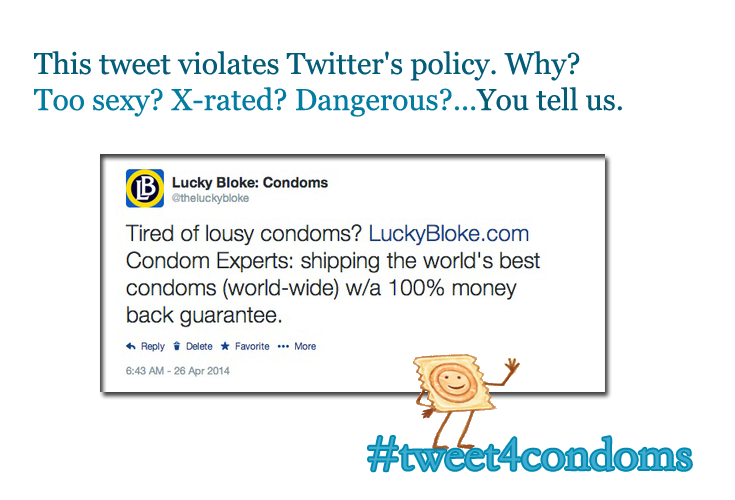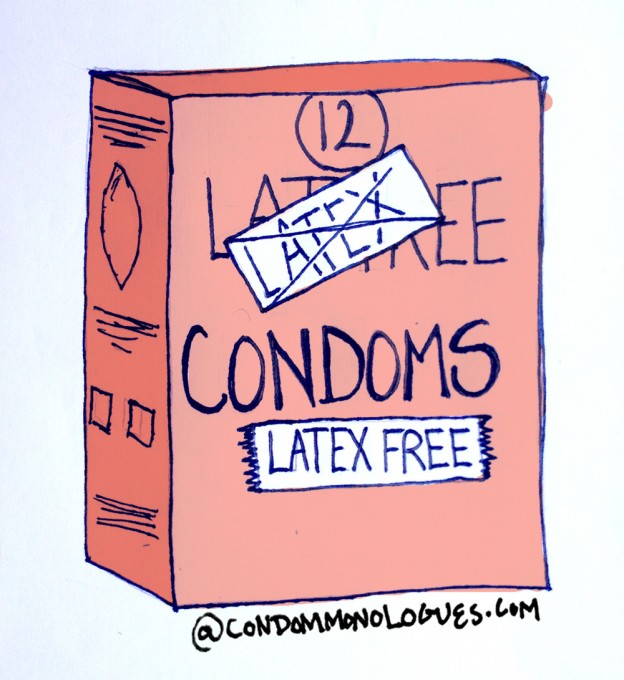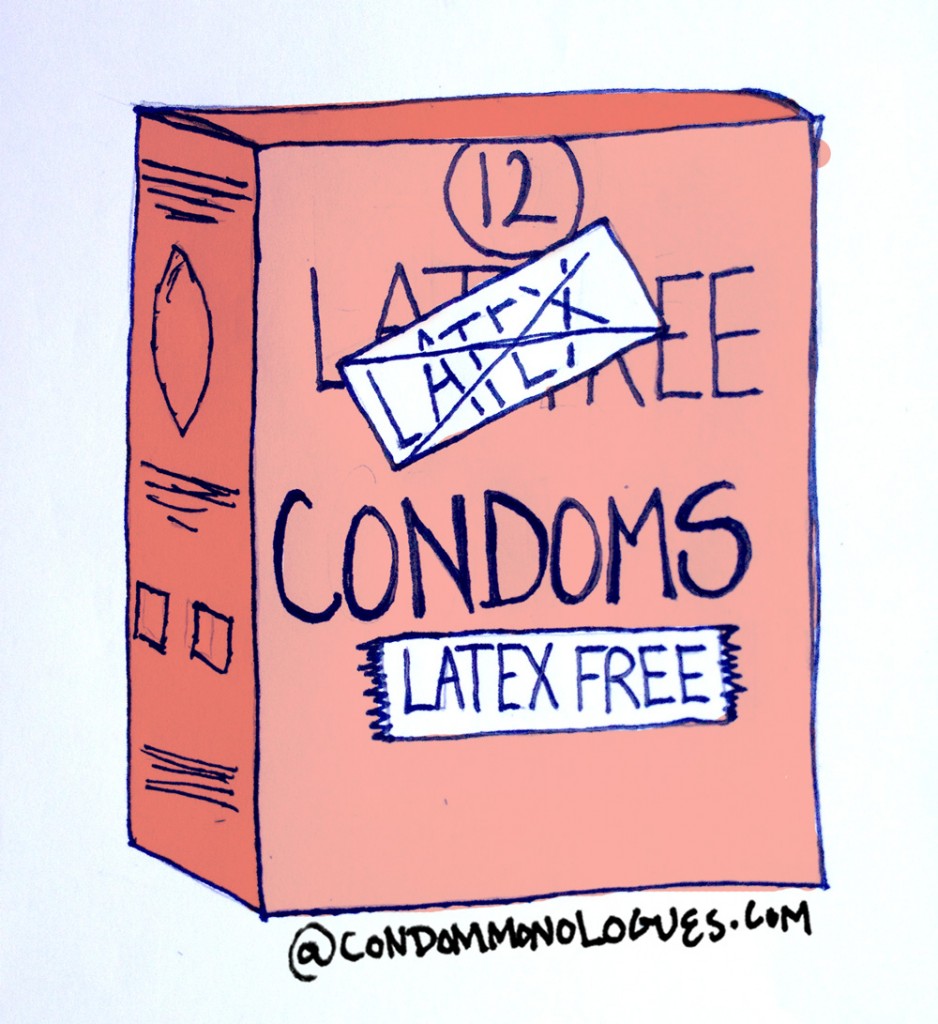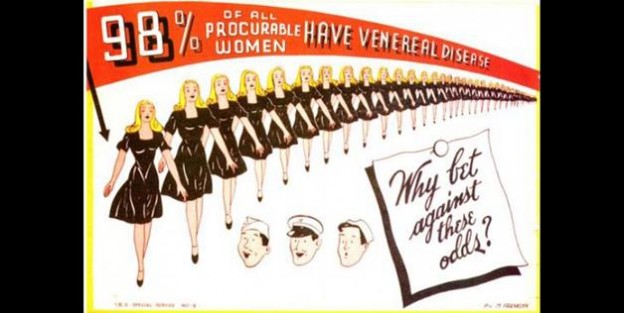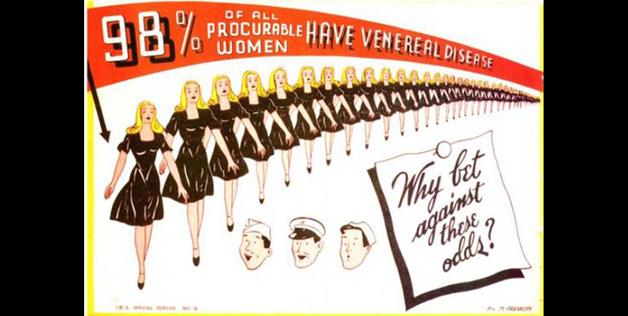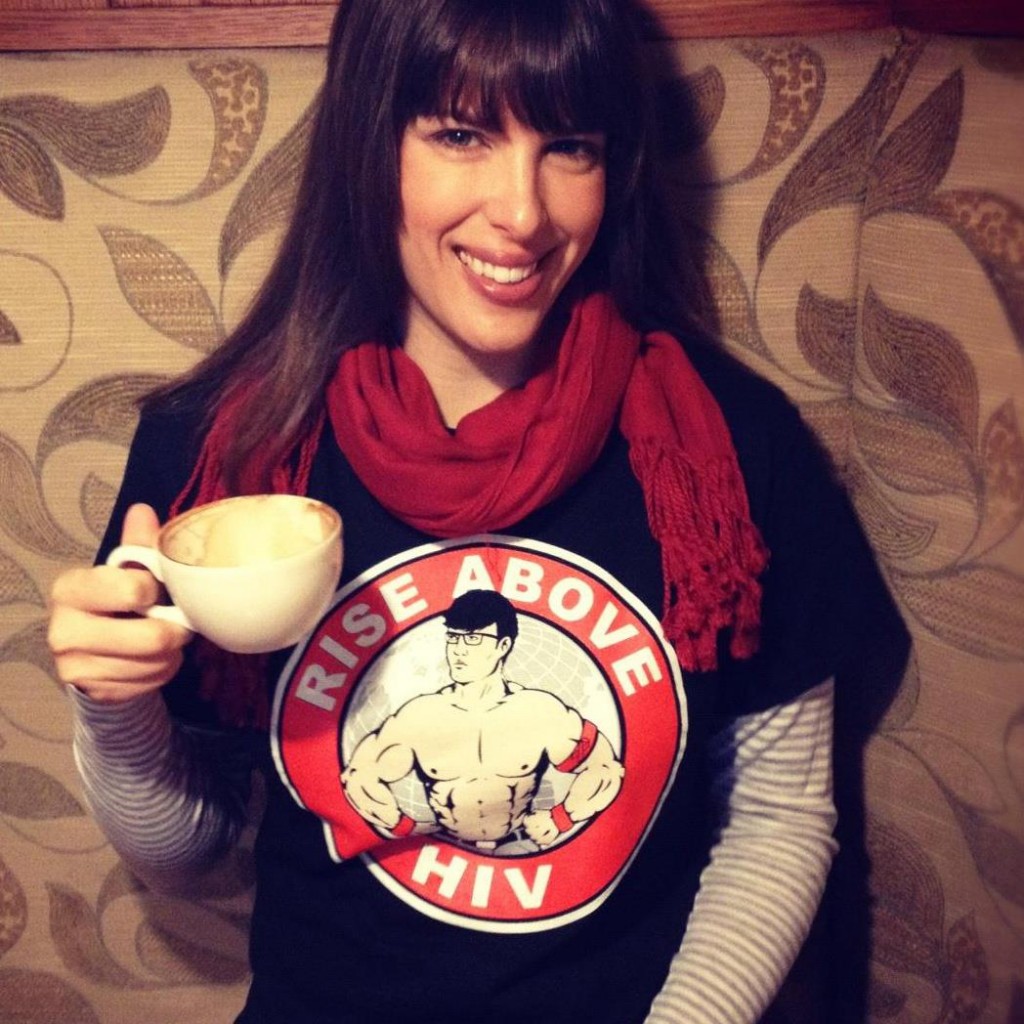What is condom week?
Condom week is a national campaign to raise awareness not only about the importance of safer sex, but also how condoms can add to your sexual pleasure. Yes, contrary to popular belief, condoms don’t make sex less good. Many studies have found that those who report condoms reduce pleasure are men and women who do not use condoms, or don’t use them often. In other words, people who use condoms often- because they approach it with a better attitude and because they’ve learned what condoms they like- report greater pleasure with protected sex. Attitude, condom education and experience all play a role in sexual satisfaction.
That, my friends, is why we need National Condom Week.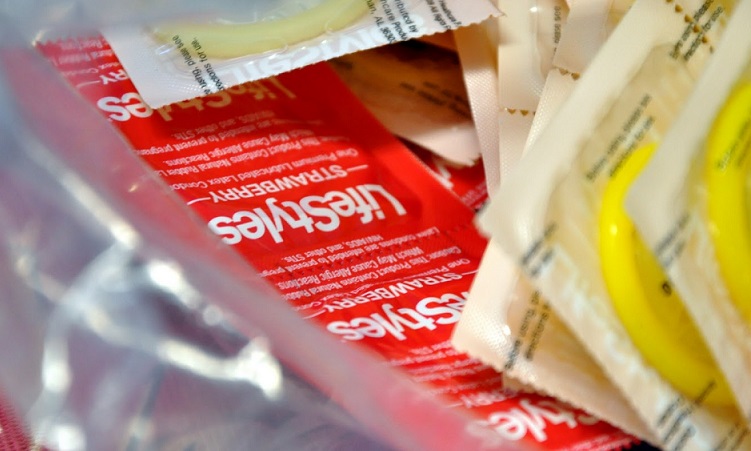
Condom Week lands at a time in our calendar when people are puckered up with Valentine’s sweets. From Valentine’s Day to February 21st, while the air is plush with intimacy, what better time to integrate safer sex into the national conscience and give out lots of free condoms!
Condom Week originally began at the University of California in the 1970s, and has grown into a educational event for high schools, colleges, family planning organizations, AIDS groups, sexually transmitted disease awareness groups, pharmacies and condom manufacturers. Planned Parenthood and Advocates for Youth are just a few of the hundreds of non-profit organizations who participate in Condom Week, setting up sex education booths at universities all over the country and distributing over 50,000 free condoms. These booths, as well as open public seminars, will discuss topics such as safer oral sex, using lube with condoms, internal condoms, consent, and how to talk safer sex with your lover.
So again, if National Condom Week has been celebrated to raise awareness since the 1970s, why do we still need it today?
Because…
– Only 19 states require that, if provided, sex education in school must be medically, factually or technically accurate. That leaves schools in 31 states without fact-based sex education oversight!
– Over 19 million people in the United States are diagnosed with an STI. That number increases dramatically if we account for those who do not know their status.
– Two-thirds of all individuals who acquire an STI are younger than 25.
– In 2013, 66 percent of sexually active male high school students reported that they or their partner used a condom at most recent sexual intercourse, compared to only 53 percent of females.
– More than 1.2 million people in the United States are living with HIV infection, and almost 1 in 7 (14%) are unaware of their infection.
– The United States continues to have one of the highest teen pregnancy rates in the developed world (68 per 1,000 women aged 15–19 in 2008)—more than twice that of Canada (27.9 per 1,000) or Sweden (31.4 per 1,000).
If I haven’t convinced you yet to celebrate National Condom Week, jump over to this article by Heather Corrina which debunks all the condom myths you’ve probably faced.
Do your part in public health and stay aware.
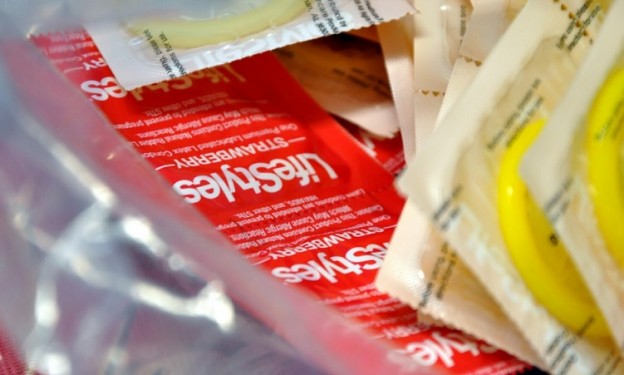



 Last month, a new condom brand called
Last month, a new condom brand called 
